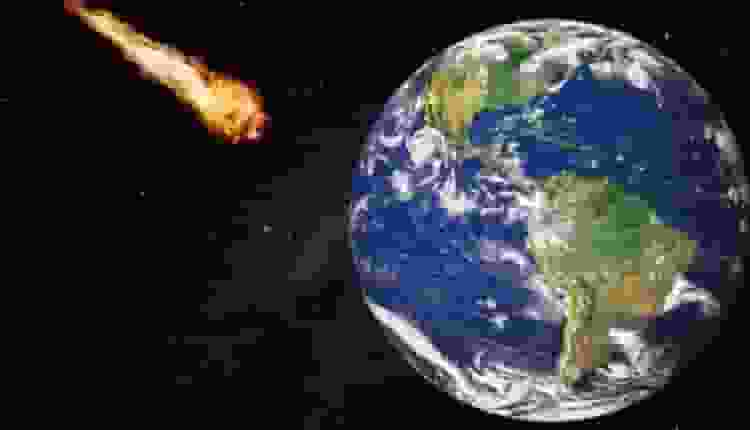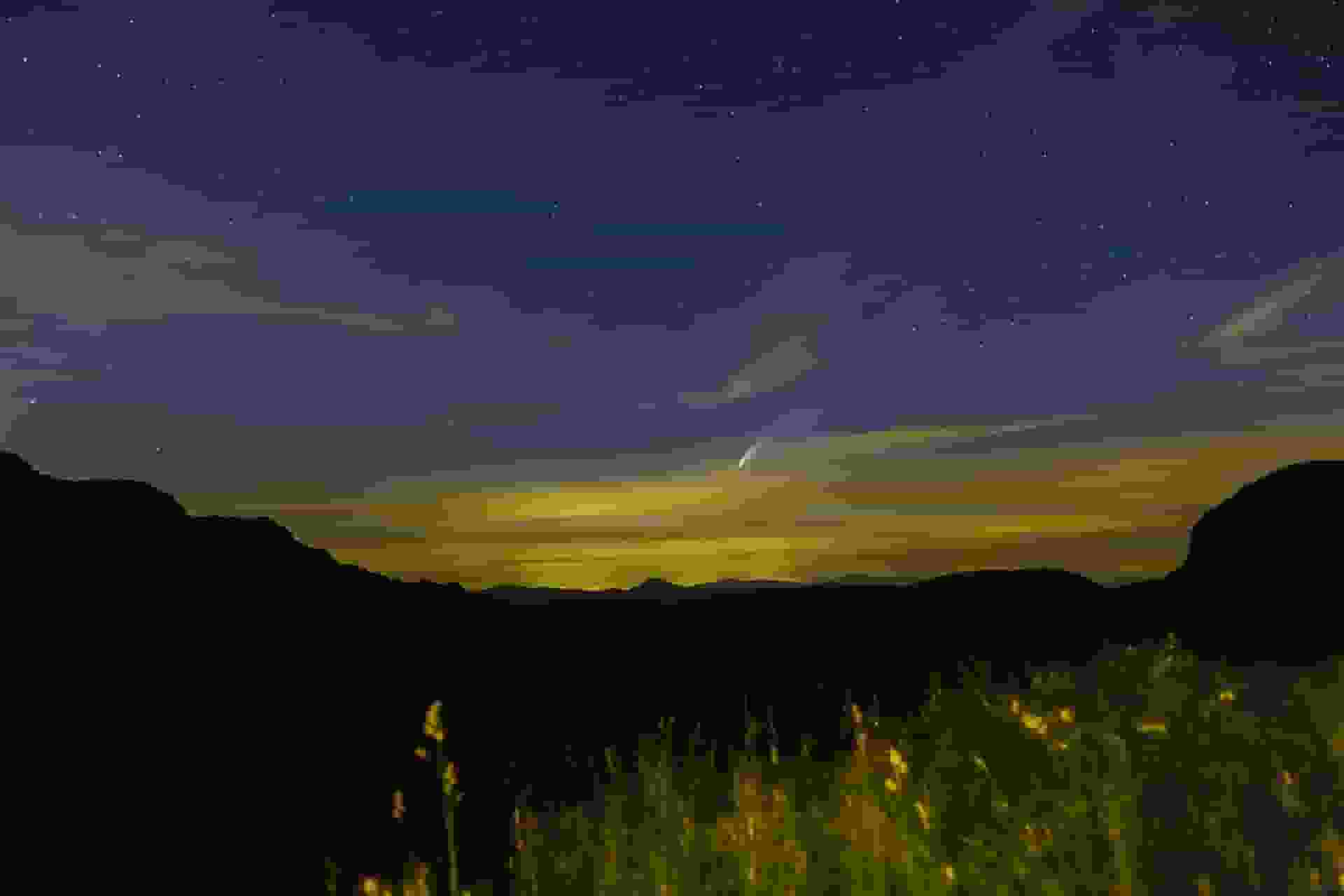
In the next few weeks, comets will fly past Earth and the Sun for the first time in 50,000 years and may be visible to the naked eye.
This month, skywatchers are in for a special treat, as a comet that passes our planet should be visible. Comet C/2022 E3 ZTF will make its closest approach to Earth.
Comets To Visit Earth This Month!
The Zwicky Transient Facility, hence the ZTF in its name, found the comet in March 2022 when it was about 400 million miles from the sun. Comets, unlike asteroids, are mostly composed of ice, and as they approach the sun and become warmer, this ice melts and emits gasses.
This is the mechanism by which comets get their unique tails. Long-period comets with very eccentric orbits, such as this one, are believed to originate from the Oort cloud, a vast cloud of frozen things that circles the sun well beyond the planets and the Kuiper belt.
It has an estimated diameter of around one kilometer. This makes it substantially smaller than NEOWISE, the last comet visible to the naked eye, which flew past Earth in March 2020, and Hale-Bopp, which came by with a diameter of approximately 60 kilometers in 1997. (37 miles).
The previous time the comet flew by Earth was during the Upper Paleolithic, when Neanderthals still roamed the planet.
Thomas Prince, a professor of physics at the California Institute of Technology who works at the Zwicky Transient Facility, told AFP that the comet’s proximity to Earth made it simpler for observatories to determine its composition as the Sun melts off its outer layers.
Read more: NASA Update: First Mexican-American astronaut to step in space
How To Get The Best View?

To get the best view of C/2022 E3 ZTF, astronomers will need binoculars or a telescope, and the best time to look for it will be between late January and early February. The comet is closest to the sun on January 12 and closest to the Earth on February 1. Those in the Northern hemisphere are advised by the Planetary Society to keep an eye out for a faint, greenish smudge in the northwest sky.
The James Webb Space Telescope will be among those keenly observing. However, it will not take photographs; instead, it will analyze the makeup of the comet, according to the astronomer.
Alternatively, the Virtual Telescope Project will broadcast the comet’s near approach on January 13 if you prefer to watch from home.
Read more: New COVID-19 Omicron subvariant XBB.1.5 is most transmissible, warns WHO

